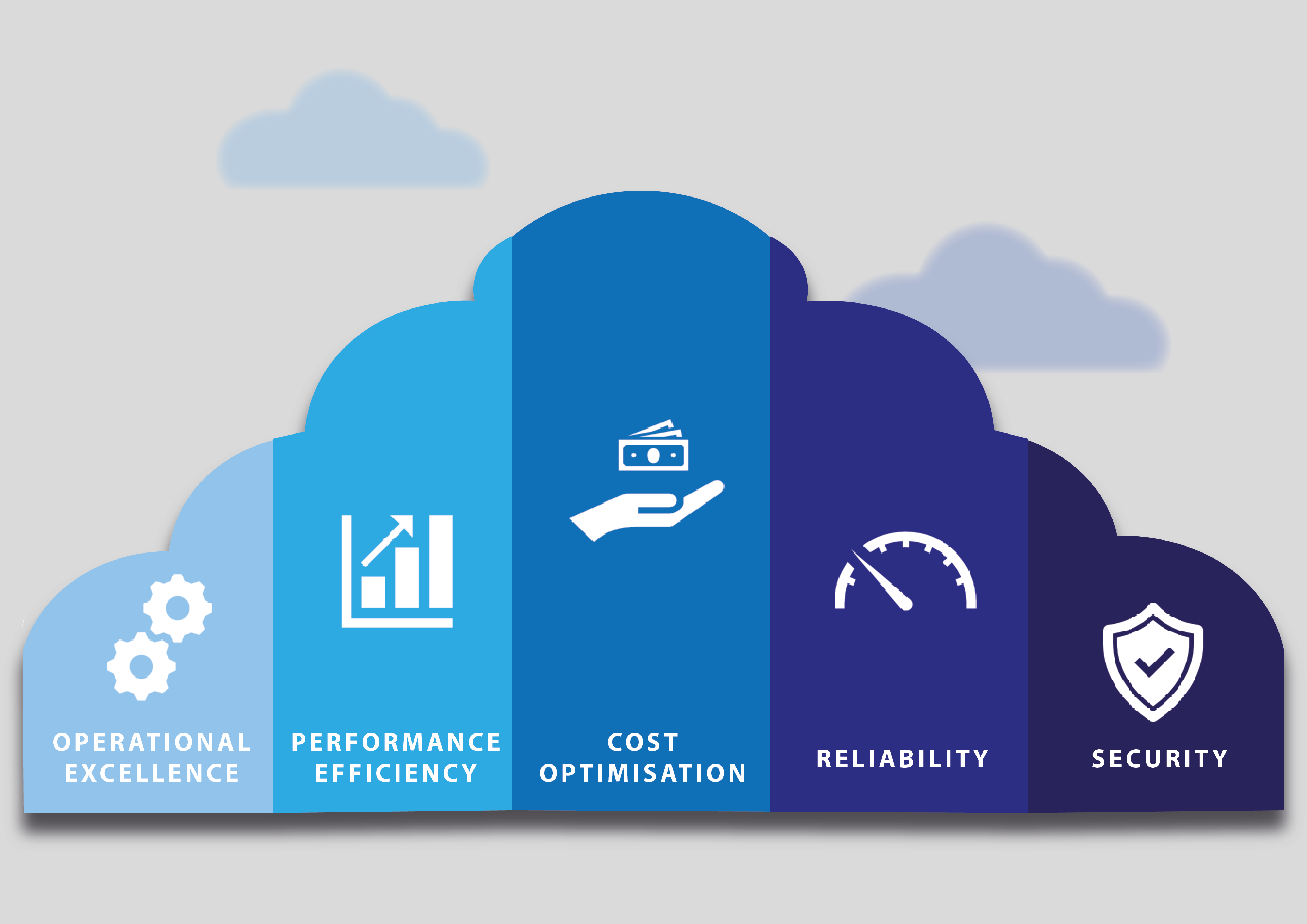Are you struggling to deliver your services using legacy applications, tired old operating systems and expensive infrastructure assets? Don’t worry… ‘the cloud’ will solve all your problems. Or at least that’s what many would like you to think...
Don’t get us wrong, we see the benefits and opportunities that cloud platforms can unlock every day, and we’re the first people to advocate for a well-planned cloud migration. The problem is, more often than not, the cloud migration starts then the planning comes after. This is where problems start popping up left, right and centre.
Whilst it is literally as easy as firing up a web browser and clicking a few buttons to deploy networks, infrastructure and applications in the cloud, cloud solutions come with new challenges and concepts that really could benefit from being thought through sooner rather than later.
Engineers who are experts in ‘traditional’ IT environments are often asked to shift things into the cloud without being given time to understand the new ways of working which need to be established. This has a significant impact on an organisations ability to truly reap the benefits of cloud solutions.
Both Microsoft and Amazon Web Services (AWS) suggest considering ‘Five Pillars’ of good practice to help you start planning a secure, resilient, cost-effective and operationally efficient cloud solution. Adopting a proactive approach to these pillars prevents creating a ‘monster’ that quickly grows out of control!
We’ve provided a summary of considerations across the five pillars below:
1. Operational Excellence:
You’re now operating in a world where everything is code. Are your existing operational processes fit for purpose? How can you hard code processes, standards and controls into your cloud environment? Also, a ‘DevOps’ approach can now be used to develop and deploy incremental infrastructure changes. How do you intend to give your engineers the tools they need to maximise the benefits cloud platforms offer?
How can you get started?
Take time to assess your current ways of working and overlay them on supplier best practice operating models. This will help you find process and control gaps or identify processes that will need to be modified to remain effective. The most important part – take those best practice recommendations and tailor them to your organisation so they work for you.
2. Performance Efficiency:
This is a new environment – remember all those things you wish you had known about your legacy estate, well now’s your chance to bake those into your environment. Are you ready to monitor and analyse the performance data cloud solutions make available? And what new processes will you put in place to identify opportunities for improvement and respond?
How can you get started?
Treat telemetry, logging and monitoring as a top priority, designing and building effective monitoring solutions, as well as putting in place the processes to respond and learn from alerts. This will allow you to establish solid foundations in your new environment.
3. Cost Optimisation:
Cloud reduces costs, right? Not unless you work at it. In fact, costs tend to increase during initial cloud migration activities. Cloud costs need to be thought about completely differently to traditional IT Costs. If you don’t have a robust cost governance model in place then you may find monthly bills increase exponentially. Have you optimised your cloud for cost efficiency, only running machines when you need them and only paying for the processing power you need? Remember – if you don’t control your costs, they could quickly spiral out of control and impact your innovation / change budgets.
How can you get started?
Call in the experts. You’re going to need some help from your colleagues in Finance here. If you can work closely with your Finance team to design the processes required to monitor your spend in real time and provide feedback to engineers who may be accruing excessive costs, you’re more likely to keep a handle on consumption based spend.
4. Reliability:
Infinite computing power, one teensy weensy single point of failure. Cloud solutions allow you to design your solutions to scale and respond to failure and spikes in demand, however this doesn’t happen by accident. Without clear definitions of how critical services are to your business, and the various resilience options available, you might find your new environment is no more reliable than the old one.
How can you get started?
Don’t just ‘chuck it in the cloud’. See this as an opportunity to really understand the business criticality of key systems that support your business services. Once you’ve agreed this with the business you can start to apply proportionate efforts to building in features like auto-scaling and redundancy.
5. Security:
Security should be a foundational consideration of any cloud migration. New concepts and technologies mean that your traditional controls / tooling may no longer be fit for purpose. Understanding who CAN do what, who IS doing what, and what WOULD trigger an investigation should be well understood from the offset.
How can you get started?
Whilst security objectives remain the same – how you achieve them may not. Now’s the time to understand your existing control landscape and assess whether the ‘traditional’ controls would be effective in a cloud environment. Train your security teams in new technologies so they understand the different options and new approaches available to them.
If you considering moving to one of the public cloud vendors or are just looking to review your current cloud architecture, please get in touch. We have a range of capabilities and experiences helping organisations transition to the cloud and improve their operations.

.jpg?width=1024&height=1024&name=Parliament%20%26%20Cyber%20Conference%20-%20Nov%2025%20(1).jpg)

